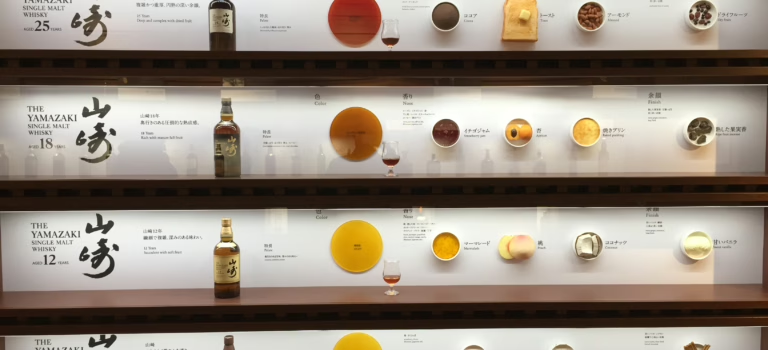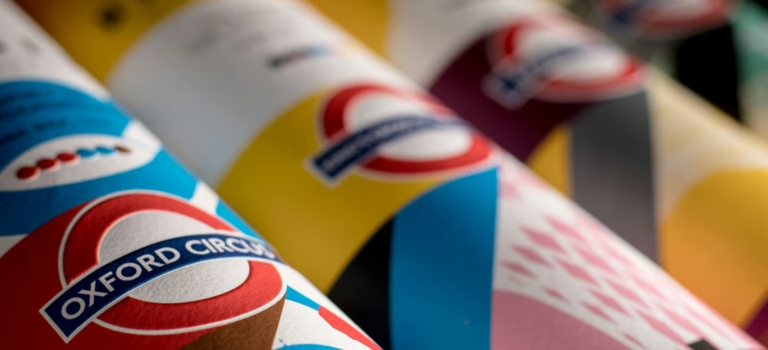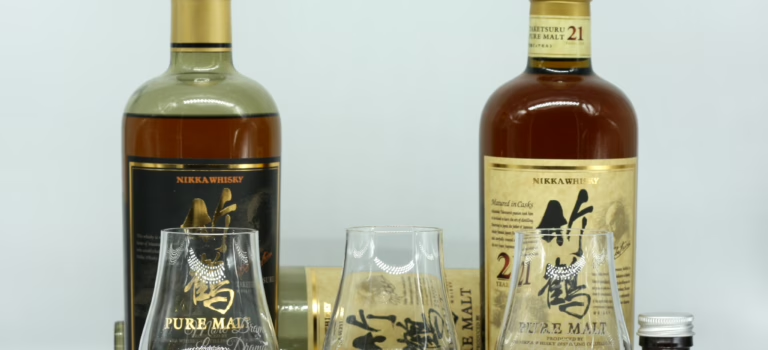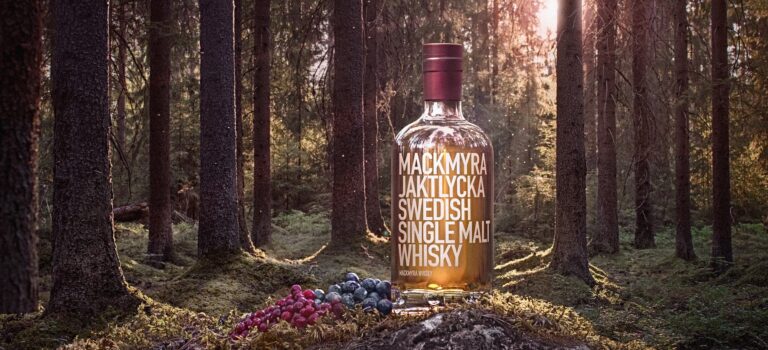Glenmorangie is a whisky distillery located near Tain, in the Ross-shire region of Scotland (Northern Highlands). It was founded in 1843 by William Matheson, who bought a license to produce whisky and installed two second-hand gin stills at the Morangie farm. The distillery was named after the farm and the name Glenmorangie was registered as a trademark. It is famous for its tall neck stills, the tallest in Scotland. The distillery loves to experiment with their whisky and by the past they’ve played around with yeast, malt and wood, and even built an experimental distillery last year to experiment even more. The Glenmorangie Distillery has become one of the top five most popular Scotch whisky distilleries in the world. Glenmorangie Signet, even though being part of the core range, is still linked to those experiments as we are going to see.
Read more



